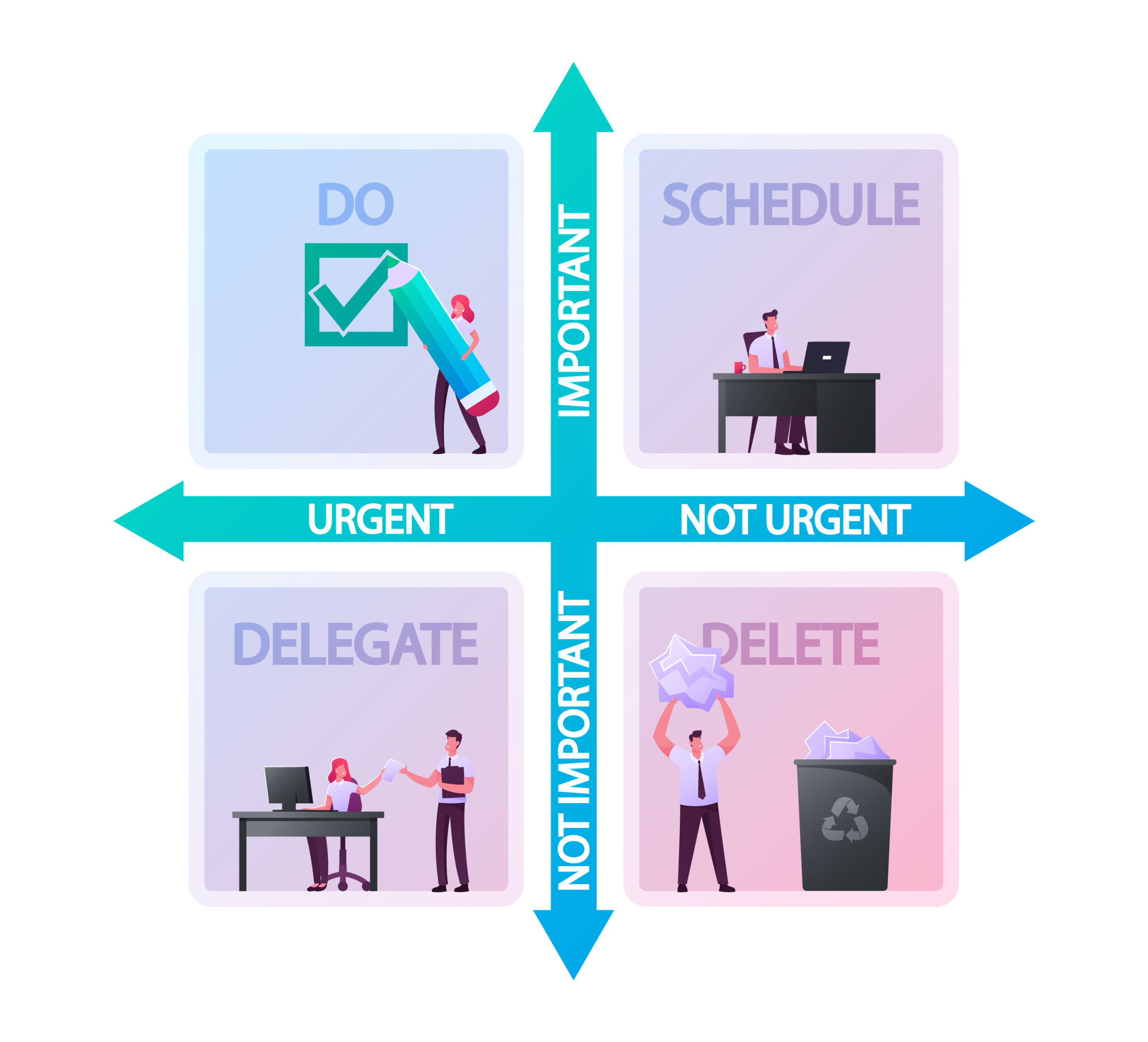Hello and welcome to part five of The Procrastination Series! Over the past month or so, we've been diving deep into the world of procrastination. Whether you're an anxious procrastinator, a distracted procrastinator or a fun procrastinator, we have went over solutions in order to help you overcome your feats. If you want to catch up, click HERE for part one, HERE for part two, HERE for part three, and HERE for part four.
Today is about a different type of procrastination, the organizational procrastination. Sometimes, you just don't know where to start, right? There's such a huge task on our to-do list, and we have no idea where we're going with it. It seems like an impossible thing, it's overwhelming, and that is exactly when we start procrastinating, because we think that it's impossible. We have no idea what we're doing and the task is way too big for us to be comfortable with. Watch the video or read the full blog below for more...
We're previously established that each type of procrastination is associated with an executive brain function. Here's a quick recap: Executive brain functions are the things that help us gain emotional and behavioral control in order to make us achieve our goals.
The executive brain function that is connected to the organizational type of procrastination is the working memory. The working memory is an executive brain function that has a limited capacity to hold information temporarily, in a short-term state. This means that our working memory is an executive brain function that we are somehow restricted by. We cannot remember everything, and we also cannot see a huge task as a whole. We need it to break it down. We need to chunk it down, because we can't remember all the details of it, since our working memory only lets us handle a few things at once.

Our logical mind, as you probably have heard me talk about many times, can handle five to nine pieces of information at once. That's not a lot, so when a task is so big that it includes more than five to nine things within it, we get overwhelmed very quickly.
Here are my three tips for you.

#1: Chunk it Down
Chunk it down. Break down this huge task into several smaller ones. It's just like when eating a meal: you don't swallow the whole plate at once, right? You cut it into small, bite-sized pieces. Make it smaller.

#2: Write it Down
Write it down. Write down what those smaller tasks are and organize them, because getting organized is really gonna help with that overwhelming feeling of having this huge task ahead of us. I personally love using Trello. Trello is my system. Maybe for you, it's a system of post-its. However, be careful with the post-its, because they may be easy to lose. It's not as easy to organize them. There are so many different platforms and so many different systems you can use.
My Trello board has different color codes for the important stuff. I can move things around. I also have a little butler that automatically moves the tasks that I do every week back to my "today" list every Monday morning. That way, I don't have to rewrite the tasks that I do all the time, because there are at least like 10 things that I do every single week that remain the same, again and again. I record my blog. I post it on my website. I post on social media... There are also things that I do once a month, like my billing, my commission cheque to all the affiliates that are selling my online courses... Thanks to my little butler, every first of the month, my recurring tasks appear on my "today" list. You can also organize your tasks with different categories if you'd like. You can drag and drop them, so you can drag them into your "today" list, for example, and then you can put them back if there are more tasks within this category. It's a wonderful way to get organized. I love, love, love Trello. If you'd like, I'm happy to walk you through it and see if I can help you find a way to be more organized thanks to this helpful tool.

Lots of my business mentorship clients were not organized and would see everything as a big mountain and were procrastinating for that reason. For them, just showing them how I organize my Trello board was like a big "light bulb moment" to them. All of a sudden, when things are broken down into different categories, different days, different colors, it makes a huge difference.

#3: Skip it (If You Can)
Look at all the things that you have to do and see if there are some steps that you can skip. Make sure that what you are doing is actually important. Sometimes, when there's a huge task that needs to be chunked down, instead of having one thing on our to-do list, we all of a sudden have nine things on that list, nine smaller tasks. You might end up having so many tasks on your to-do list that you start panicking. You're not sure how to get these organized. The system I'm about to show you has been promoted by so many different people: categorize them.

Urgent and Important
Those are the tasks that you absolutely must do today, and that you must do yourself. They are the ones that you're going to do, the ones you have no choice other than to do them.
Non-Urgent and Important
The things that are important, but not quite urgent, you have to schedule. That's what my Trello board lets me do: I schedule them, and that way, I know that I will be doing this at that time on that day. It takes some pressure off of my shoulders, because I know that I will follow my schedule.
Urgent and Non-Important
You've seen that before. If it's urgent, but it's not super important, maybe somebody else can do it. Maybe you could get some help. I personally could not live without Penelope, my assistant. She's absolutely amazing. She's golden. There are lots of tasks that for the longest time, I was convinced that I was the only person who could do them like that. And guess what? She does it better than me sometimes now! She teaches me stuff all the time. There are some tasks that are just perfect for delegating.
Non-Urgent and Non-Important
Maybe you just delete those. You don't need those on your Trello board. I go back to my Trello board on a regular basis, and then I look at what's on it, and sometimes I realize: "Oh yeah, that's right. I wanted to do that. Gosh, delete. I don't want to do that anymore." Make sure that everything that you want done actually needs to be done.
I really hope this helped. Next week, we will be looking into the fifth type of procrastination, the overbooking procrastination. ...Guilty! Yeah. Sometimes I procrastinate on some tasks because I've overbooked myself and I have way too much on my plate. If this happens to you too, stay tuned!

Want more? Check out the other parts in this series...





